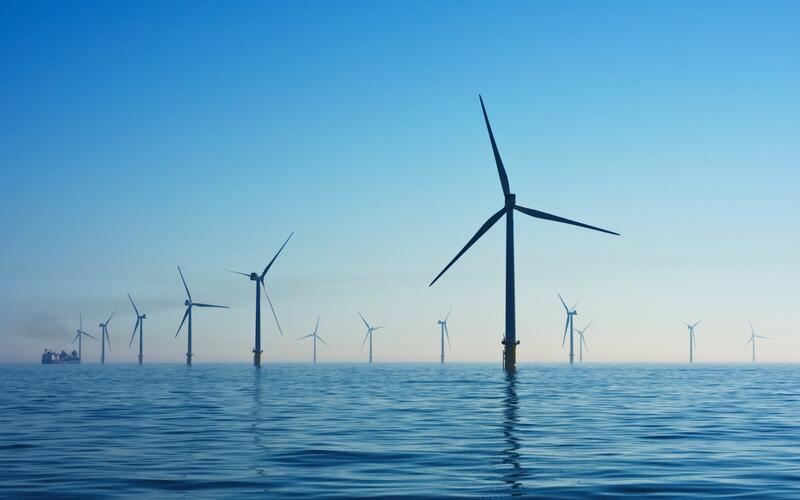What’s holding the United States back from being a global leader in offshore wind?

What's holding the United States back from being a global leader in offshore wind?
The emerging offshore wind industry presents a significant opportunity for the United States to achieve its decarbonization goals. However, the nation lags considerably in offshore installations compared to the rest of the world. A recent study explains how connection to the electricity grid, technology, and policy have hindered offshore wind development.
Powers, T., Sajadi, A., & Hodge, B. M. (2022). The current opportunities and challenges for offshore wind in the United States. The Electricity Journal, 107061.
Wind power will be critical to achieving aggressive decarbonization goals in the United States. Offshore systems are particularly attractive due to the higher speed and reliability of oceanic wind. Although wind energy makes up seven percent of total U.S. power generation, offshore wind is less than 0.04 percent of that figure.
In a September 2022 article published in Electricity Journal, Thomas Powers and co-authors outlined the current state of U.S. offshore wind compared to other global leaders. They identify challenges to industry growth and provide recommendations to push development forward. Their analysis centers on three main factors that can drive up the cost of wind: interconnection, installation processes, and policy—all considerations that can influence offshore wind development.
The United States has ample opportunity for offshore wind. There are approximately 12,000 miles of shoreline in the United States, and many cities with major electricity loads are located on the coast. Despite this, there is only 42 MW of installed offshore wind out of a total installed capacity of 132,4000 MW in the country.
The researchers explain that an offshore wind farm is over three and a half times more expensive to install than an onshore system. They cite National Renewable Energy Laboratory estimates stating that the cost of energy produced over time compared to the development expense for onshore is around 16 percent, compared to over 37 percent for offshore.
Interconnection is another hurdle for offshore wind development. This means that wires need to run from ocean-based wind turbines to the electricity grid onshore. Developers building wind farms want to keep costs as low as possible, but distance from the shore can drive up prices because it requires additional, and often expensive, equipment.
Installing an offshore wind system can be costly and complex. It involves using expensive technology, including vessels, that can amount to over $250,000 daily. U.S. policies are also slowing the rate of development. For example, the Jones Act of 1920 legally requires any vessels shipping goods between U.S. ports to be built, registered, and managed by a crew based in the United States. A shortage of Jones Act-compliant vessels raises the cost of installing systems and limits the number of projects that can be constructed at once.
The United States still has a long way to go to catch up with other global leaders in offshore wind. In a 2018 comparison of offshore wind capacity by country, it ranked 13th in 2018. The United Kingdom was the number-one leader, and the United States had only approximately three percent of its total capacity.
Despite factors hindering U.S. wind development, some policies have helped the industry, like the Production Tax Credit (PTC). This policy is a federal income tax credit for renewable energy production. A PTC helps bring down the cost of offshore wind to make it competitive with other forms of energy by offsetting its high production costs. The Inflation Reduction Act further expanded the PTC to 30 percent to support offshore wind development.
Offshore wind has massive production potential in the United States, but challenges in installation are causing the industry to lag behind on a global scale. The researchers recommend a concerted effort to invest in offshore wind at the federal level and support policies to improve the affordability of offshore wind systems.




